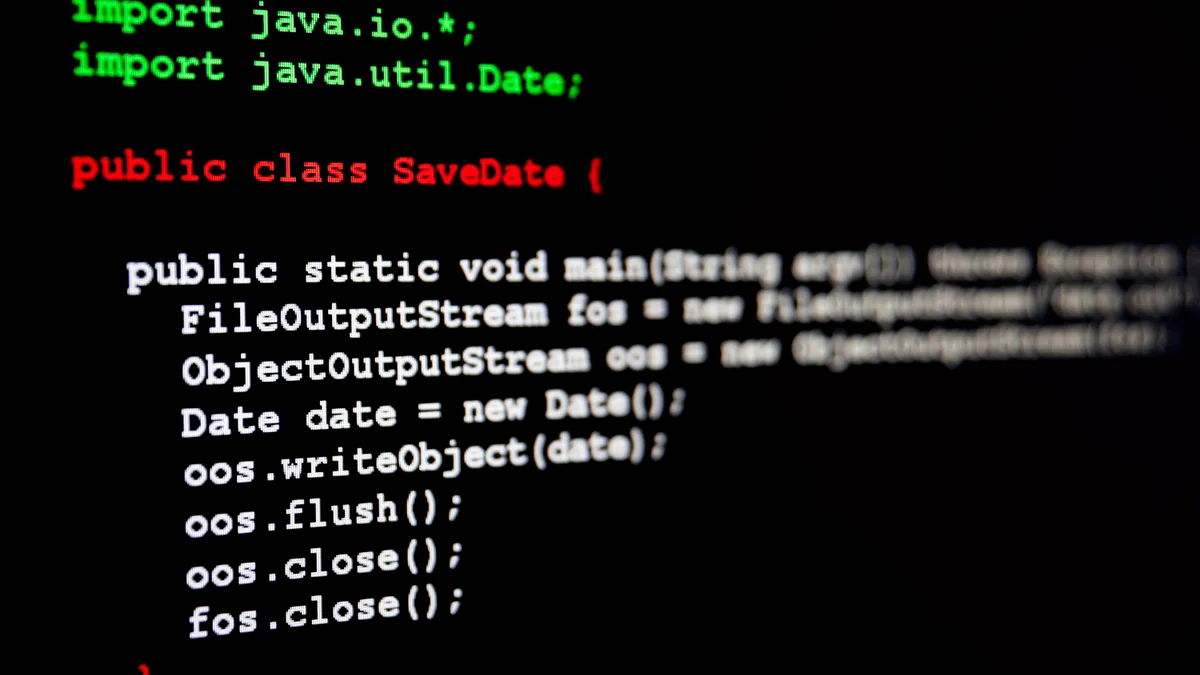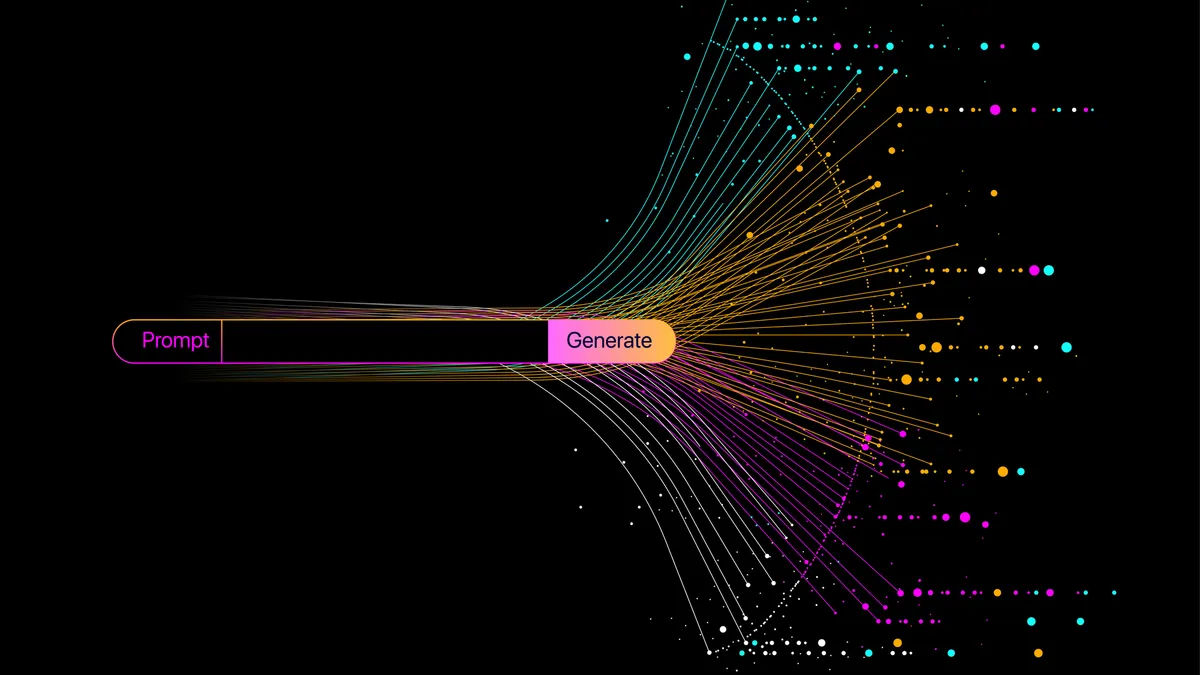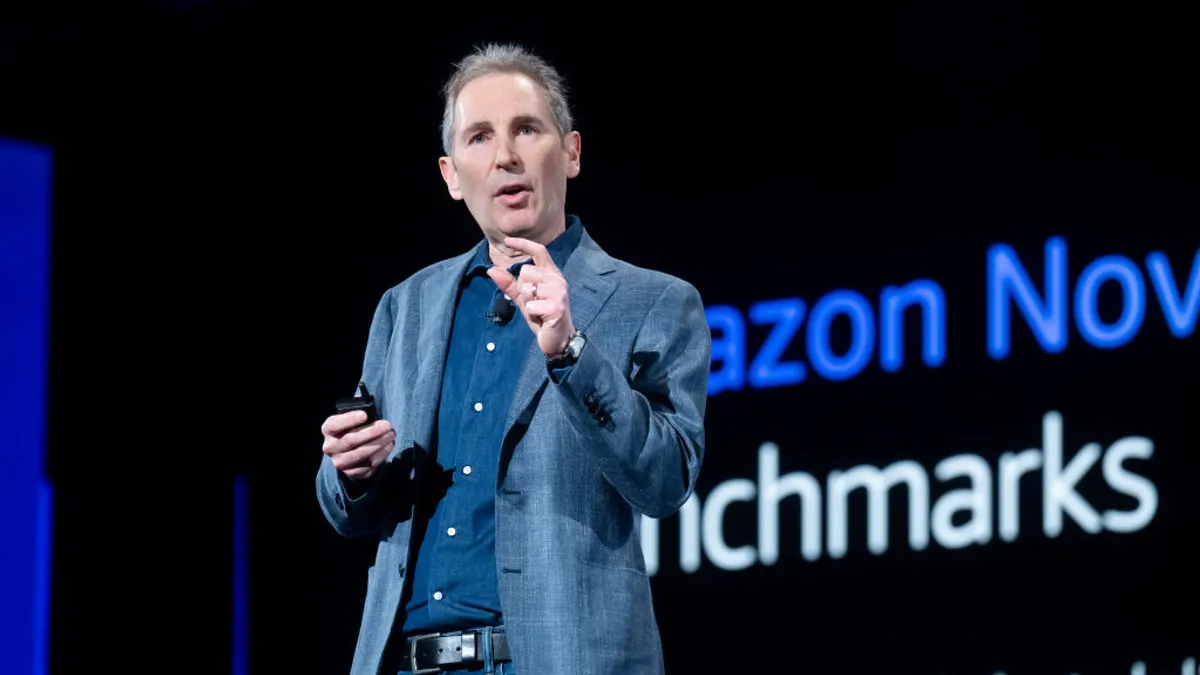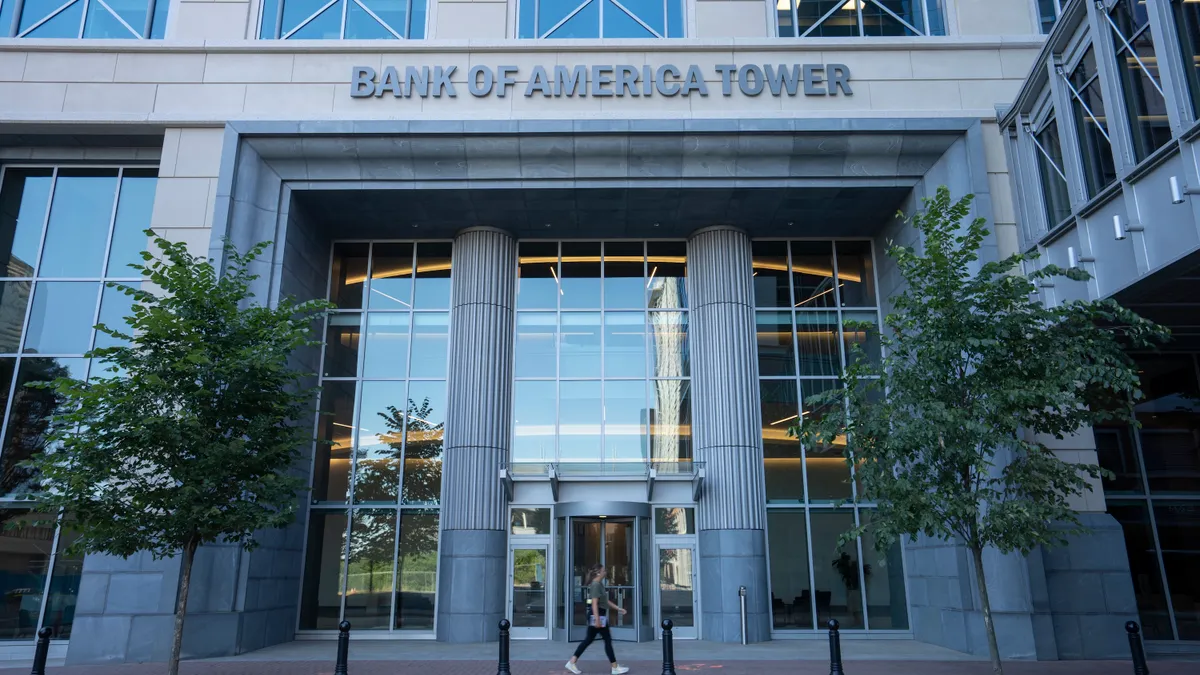When Broadcom CEO Hock Tan strode on stage to deliver the VMware Explore 2024 keynote in August, he carried a simple message: “The future of the enterprise — your enterprise — is private,” he said. “Private cloud, private AI, fueled by your own private data.”
Oracle Chairman and CTO Larry Ellison echoed Tan’s sentiments, touting the future of private cloud the following month.
“We expect that private clouds will greatly outnumber public clouds,” Ellison said. The technology has become so affordable that enterprises can get the benefits of cloud without deploying workloads to shared infrastructure, he said during a quarterly earnings call
It’s not the first time tech vendors have extolled the benefits of private cloud. Enterprises have had various ways to deploy scalable, cloud-like infrastructure in data centers and colocation facilities since the early days of commercial cloud computing. But the sentiment hit home as hybrid cloud strategies matured in 2024.
Faced with mounting hyperscaler bills, proliferating data and generative AI’s voracious appetite for compute resources, enterprises weighed alternatives to the public cloud last year. Those trends have merged with data privacy concerns to put private cloud solutions back on the enterprise radar.
Private cloud had a moment, fizzled a bit and is now enjoying a second moment, Darrin Alves, CIO of infrastructure platforms at JPMorgan Chase, told CIO Dive in December. “Folks that didn’t have discipline on-prem but went to the public cloud found that it’s far more expensive, because you don’t have the same control levers available to you.”
The global market for infrastructure and platform services surged in 2024, driving public cloud spend up nearly 20% year over year to almost $600 billion. Gartner expects 9 in 10 organizations to adopt hybrid architectures in the next two years and global cloud spend to surpass $700 billion this year.
“Public and private cloud will grow,” Sid Nag, VP analyst at Gartner, said. “If you’re building a very specific, curated AI model, then you could use a private cloud that has the latest and greatest GPUs. If you’re the FBI, you’re not going to have your agents using ChatGPT — you’re going to create your own LLM that contains specific data and that is protected in private cloud.”
Nag pointed to other examples — BloombergGPT in the financial industry and Google’s Med-PaLM 2 in biopharma — that thrive in public cloud.
The hybrid opportunity
A hybrid world is one where private and public cloud coexist within and outside of the enterprise as the technology gap between the two solutions narrows. Several key vendors have seized the emerging opportunity that private solutions present.
Less than a year after acquiring VMware, Broadcom winnowed the company’s sprawling virtualization software portfolio down to two primary bundles, elevating its VMware Cloud Foundation private cloud platform to a flagship product. The offering was designed to combine public cloud scalability and agility with private cloud security and resilience, Broadcom said when the solution was released in August.
“When we say private cloud, we mean on-premise environments, but it's more of an infrastructure operating model with compliance, resiliency, security and cost controls and the flexibility of deploying wherever you want,” said Prashanth Shenoy, VP of product marketing in Broadcom’s VCF Division.
Last year’s fall season brought a flurry of additional vendor activity around private cloud.
Kohl’s tapped Dell to deploy private cloud across its department stores in October and Kyndryl partnered with the hardware vendor to roll out private cloud infrastructure in Japan the following month. Dell saw server segment sales tick up mid-year, driven in part by a rise in private cloud adoption, the company’s Vice Chairman and COO Jeff Clarke said at a Goldman Sachs technology conference in September.
Hewlett Packard Enterprise, another server and networking vendor, was also active in the space, with its HPE GreenLake hybrid cloud solution. Barclays migrated more than 50,000 workloads to HPE private cloud and signaled plans to double that number in next three years, the bank said in a September announcement.
“Dell, HPE, IBM and Kyndryl are expanding their cloud-like, all-in, managed service offerings,” West Monroe Director of Enterprise Technology Brian Alletto said. The various solutions have a financial model that resembles cloud as well as cloud-like database and containerization add-ons, he added.
While AWS, Microsoft and Google Cloud — the three dominant hyperscalers by market share — have set the standard, private cloud solutions are catching up.
The distance between the two solutions is narrowing, Rick Vanover, VP and senior director of product strategy at Veeam, said, pointing out that containers, elastic compute and object storage are now readily available in a private cloud.
The cost equation even tilts in favor of private cloud for specific applications.
“I’ve spoken to orgs that have redomiciled or repatriated back from the cloud to on-prem and those conversations all boil down to one line: lift and shift is way too expensive,” said Vanover. “Without the proper work of refactoring applications, the private cloud becomes very attractive.”
The AI effect
Targeted private cloud use cases are growing in scope. The cost equation can even have an upside for specific workloads, as AI feeds enterprise data privacy concerns.
For larger organizations with the resources to deploy and maintain private cloud for AI use cases, the solution has value, Alletto said. “Just given the scale of their GPU workloads, it just makes sense for them, which I don’t think was on anybody’s radar screen just two years ago,” he said.
Last year, enterprises faced GPU chip shortages and difficulty provisioning AI infrastructure, according to Forrester, as the three big cloud providers invested tens of billions of dollars in data center buildouts. Now, the analyst firm expects the hyperscalers to beef up their private cloud portfolios as enterprises double down on hybrid solutions.
“AI is now central to public cloud strategy, but it’s boosting private cloud too as users seek sovereignty and security for sensitive workloads,” Forrester said in an October report. “As sovereignty, cost, and data ownership concerns rise, private clouds will thrive.”
Public cloud remains the dominant architecture for most enterprise workloads. But AI is starting to reshape priorities.
Research by marketing intelligence firm Foundry revealed an even split among IT leaders between public and hybrid cloud for AI workloads. Nearly one-quarter of more than 800 respondents to the May survey said they preferred private cloud.
“The No. 1 reason our clients are calling us for private cloud is because of generative AI,” Akash Tayal, principal and cloud engineering offering leader at Deloitte, said. “They are realizing that running generative AI workloads can get really expensive in the public cloud.”
According to Gartner, CIOs can miscalculate AI costs by as much as 1,000% when use cases scale.
Deloitte sees clients hedging the risk by leveraging public cloud for proof-of-concepts and then weighing the options when broader adoption plans come into focus, Tayal said.
Beating the hyperscalers at speed and scalability is not within the grasp of most enterprises, even as private cloud solutions add on-demand storage and networking to core compute capabilities.
“If you look at the speed at which public cloud delivers infrastructure services, it’s mind-blowing,” said Naveen Chhabra, principal analyst at Forrester. “It’s like a vending machine.”
But the real value is in how enterprises utilize their infrastructure, regardless of its formal designation.
“Cloud is a philosophy that drives your architecture and your enterprise,” Chhabra said. “The core tenets are: It has to be self-service, it has to be over the network, it should be scalable and it should be ratable in the sense you can price it by unit. Call it private cloud, super private cloud or hyper private cloud — it doesn’t matter.”
Correction: This story has been updated to reflect Darrin Alves is CIO of infrastructure platforms at JPMorgan Chase.























